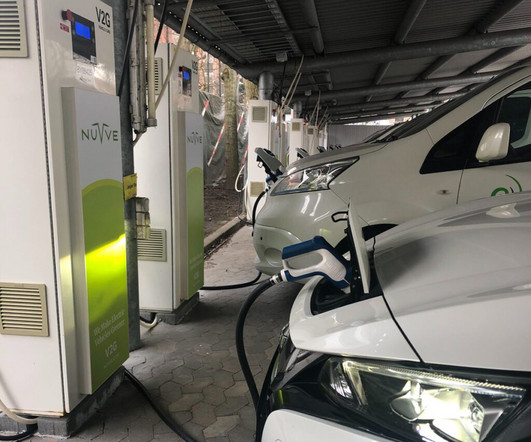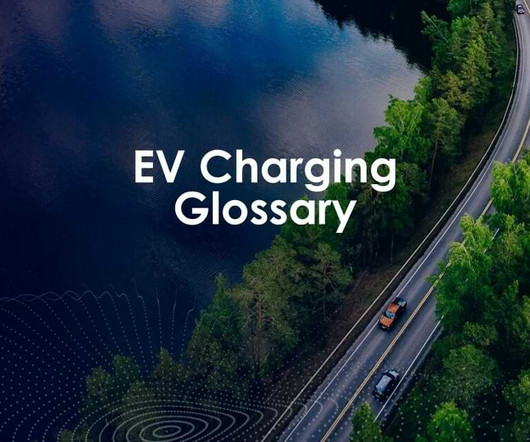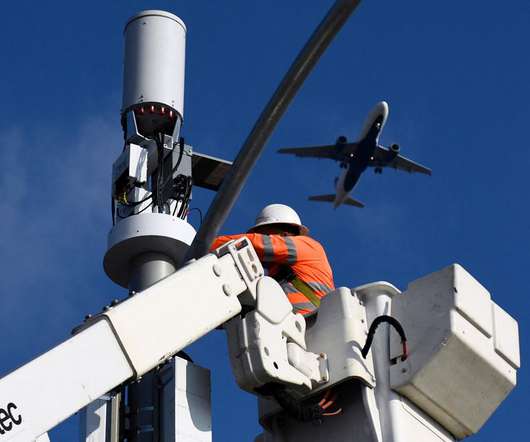More details about California’s proposal requiring bidirectional charging capabilities for all EVs
Charged EVs
MAY 8, 2023
In recent testimony, Nuvve CEO Gregory Poilasne told the lawmakers that bidirectional charging can reduce the total cost of EV ownership, and that it’s essential for integrating more renewable energy into the grid. A handful of bidirectional-capable EVs are available today, and automakers are quickly implementing the technology.















Let's personalize your content